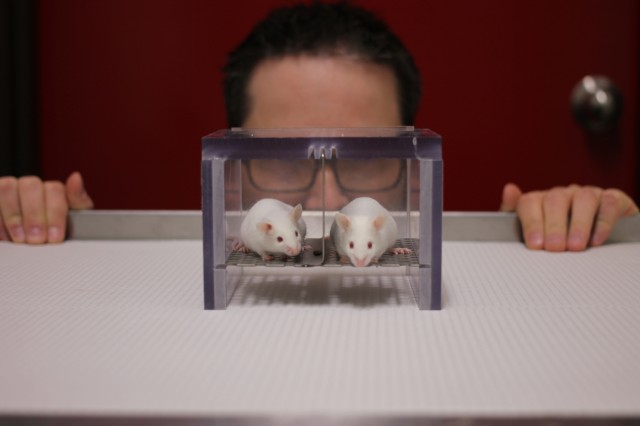Mice get stressed out, feel less pain when male lab workers are present
Ars Technica » Scientific Method 2014-04-28

To a certain extent, science is a process that's focused on getting rid of possible sources of bias. It's not enough to just change a single factor and see how it affects the result; you have to eliminate or control for all the other things that might produce similar effects.
That's not as easy as it might seem, and a team of researchers from Montreal have identified a big source of bias that could be skewing a whole lot of research: male researchers. Apparently, the mere presence of a male, or even the presence of some of his clothes, is enough to set off a stress response in mice. The stress alters behavior, changes hormone levels, and even reduces the mice's ability to feel pain.
The work started with a classic "huh, that's funny" moment. Someone in a lab that studies pain perception noted that "Our laboratory personnel have reported anecdotally that pain behavior appears to be blunted while experimenters are present." At some point, they decided to see if this was biasing their results. The researchers gave some mice a painful injection, left them alone for a bit, and then sent a researcher back in the room for a few minutes. The mice's pain was then assessed using "the mouse grimace scale" (yes, that's a formal measure of pain).
Read 7 remaining paragraphs | Comments